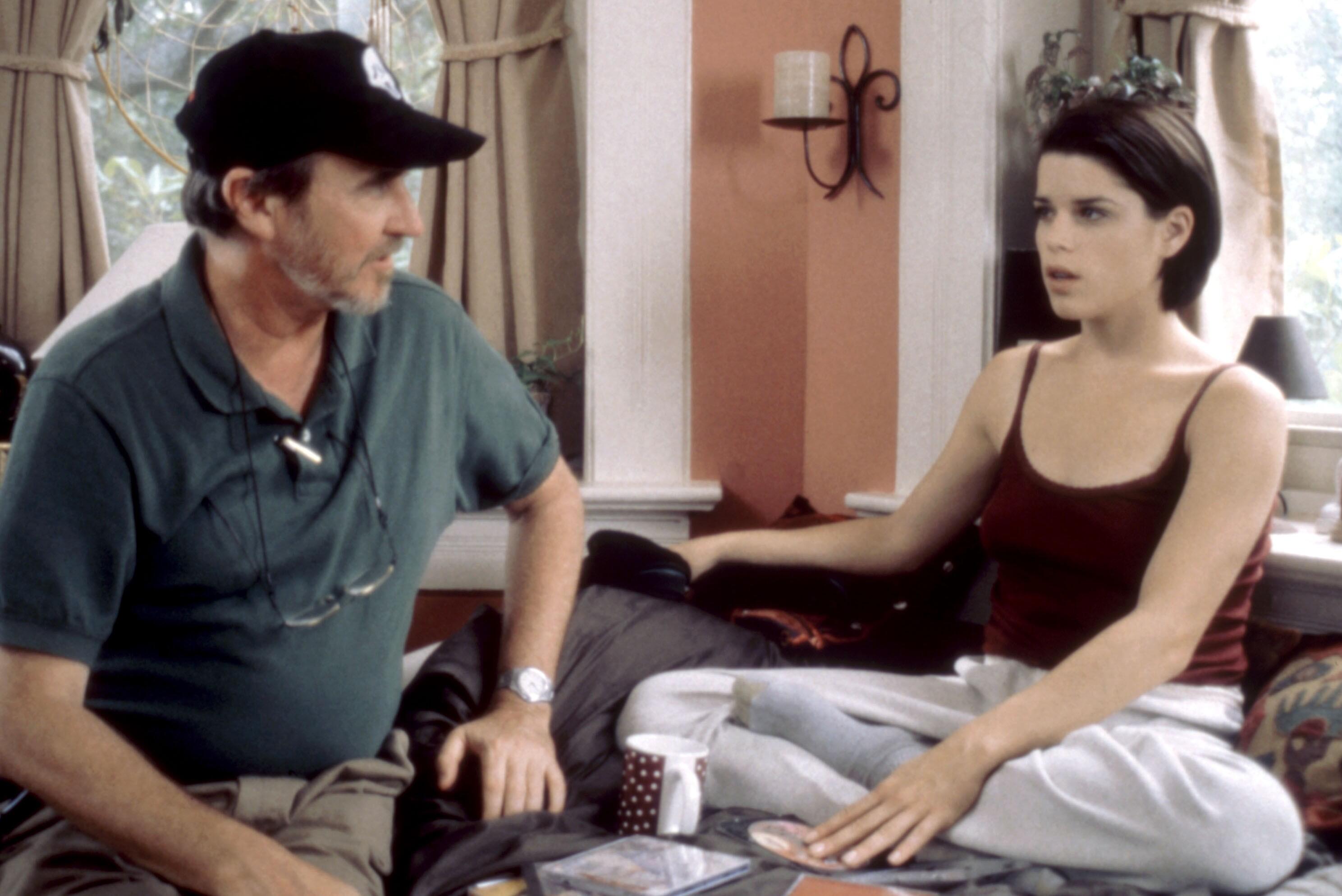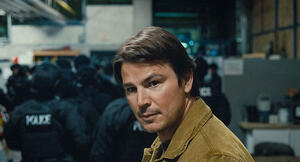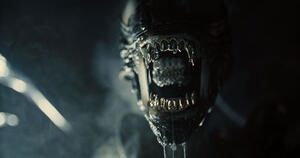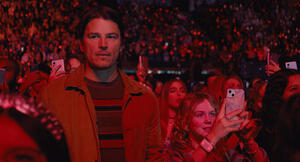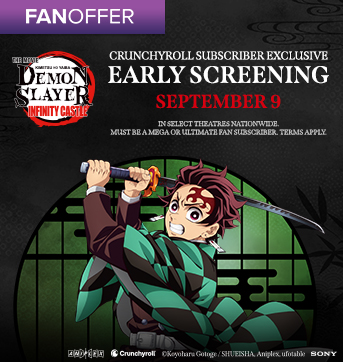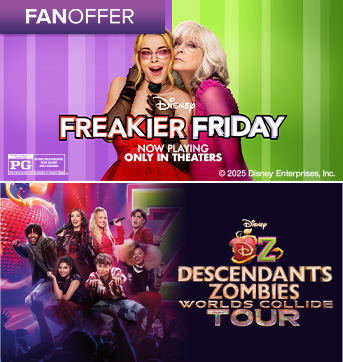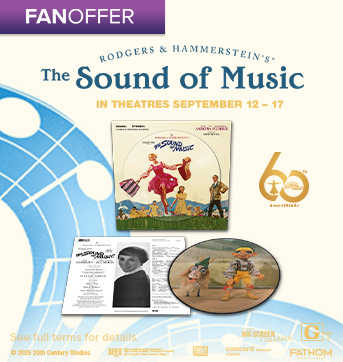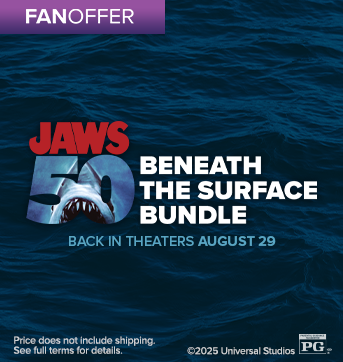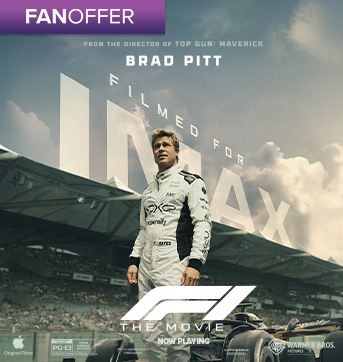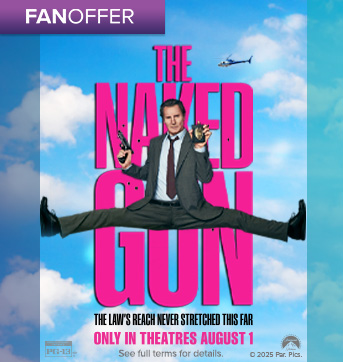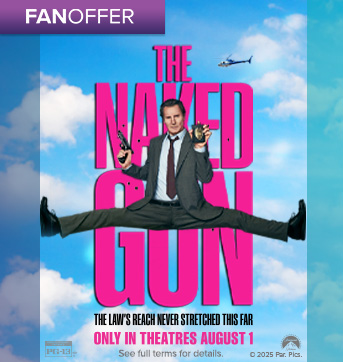Like any other genre, horror cinema has featured the work of some truly gifted filmmakers – directors who not only crafted amazing films, but who also influenced those who would follow in their footsteps. Join us today in celebrating their legacy by exploring the work of some of the most influential horror film directors to ever sit behind a camera.
William Friedkin
While not generally thought of as a horror-film director, William Friedkin launched an entire subgenre with his masterful 1973 exercise in fear The Exorcist. Friedkin set the bar high with his story of two Catholic priests battling a demonic entity who’s taken control of a young girl, and pretty much every possession movie in the intervening four decades has borrowed from it. It’s not a stretch to suggest that nearly every demonic film made since 1973 (including the spate of blatant Italian knockoffs…) owes a debt to Friedkin’s classic.
Films He Influenced:
Abby, Exorcismo, The Last Exorcism, The Rite, Amityville II: The Possession, and about a billion other movies.
Alfred Hitchcock
Hitchcock was often synonymous with “suspense,” but the filmmaker certainly dabbled in horror cinema – primarily with his beloved Psycho, but also with entries like The Birds. Both films (and really, all of Hitchcock’s work) had a profound influence on other genre offerings that came in their wake.
Psycho arguably had the biggest influence on the future of horror cinema, serving as blueprint for the wildly popular slasher film subgenre that would dominate horror throughout the 1980s. Hitchcock’s tale of Norman Bates and his strange relationship with his mother featured many of the staples of slasher cinema – the killer POV shots, the baroque murder set pieces, and the always delightful mingling of sex and death. Hitch wasn’t the only filmmaker who played an instrumental role in the birth of the stalk and kill subgenre, but he clearly played a major part in inspiring many of those future films.
Films He Influenced:
Halloween, Dressed to Kill, Tenebre, Deep Red, and far too many other films to list here.
Watch a great candid interview with the director, in which he calls out certain Method actors for being “difficult”
Mario Bava
Speaking of those other filmmakers who helped inspire modern-day slasher cinema…
Italian director Mario Bava was a seminal influence on the American subgenre as well. Bava was largely responsible for the birth of the Italian giallo subgenre, a group of films that really served as a template for early American slasher efforts.
However, Bava really changed the game with the release of his 1971 film Bay of Blood (aka Twitch of the Death Nerve). A body-count film in the truest sense of the word, its influence on franchises like Friday the 13th is undeniable (early films in the Friday franchise actually borrow set pieces from Bava’s film). And yet, slasher cinema wasn’t the only thing Bava’s work impacted. The director’s 1965 film Planet of the Vampires had a significant influence on Ridley Scott’s Alien. Not too shabby for a filmmaker that most critics have largely ignored.
Films He Influenced:
Friday the 13th, Halloween, Alien, pretty much every slasher film ever made, and nearly every Dario Argento film up to and including The Stendhal Syndrome
Spot the similarities to Alien in this trailer for Planet of the Vampires:
Dario Argento
We stay in Italy for our next influential director, this time shifting our focus to Dario Argento.
Argento, who began his career as a film critic before moving behind the camera, took the giallo form started by Mario Bava and essentially perfected it. Deep Red, Tenebre, The Bird with the Crystal Plumage – all are high-water marks in the pantheon of giallo cinema. Argento inspired a tidal wave’s worth of luridly titled thrillers, but it was Suspiria that was arguably his most influential feature. That film’s Expressionistic tendencies, lurid colors, and pulsating Goblin score inspired filmmakers around the globe. Unfortunately, very few of his imitators are as talented as the man dubbed “Italy’s Hitchcock.”
Films He Influenced
The Beyond, Raising Cain, Saw, Kill Bill Vol. 1 (Tarantino loves Argento…), and pretty much every giallo made from 1970 forward.
Here’s a cool documentary on his moviemaking style:
Wes Craven
With Neve Campbell on the set of 'Scream 2'
The recently passed Craven always gets our vote as the most underrated “Master of Horror,” not because his films failed to earn the recognition they deserved, but because so few people appreciated the fact that he changed the face of the genre three times in the span of one career.
Craven kicked things off with the brutal (although occasionally frustrating) exploitation classic The Last House on the Left. That loose updating of Bergman’s The Virgin Spring helped pave the way for some of the ‘70s most unsettling and unpleasant genre cinema.
Craven would then save slasher films in the 1980s with the release of the brilliant A Nightmare on Elm Street. Freddy Krueger would soon be a household name, and other franchises would try to replace their mute killers with more demonstrative monsters.
The ‘90s found the filmmaker once again changing the game with Scream, which took the world by storm and ushered in an entire subgenre’s worth of postmodernist slasher films poking fun at the genre’s conventions while following them to the letter. Not bad for a single career…
Films He Influenced:
Brainscan, I Know What You Did Last Summer, Last House on Dead End Street, House on the Edge of the Park, Urban Legend
Here’s an interview and special on Craven with Fangoria:
John Carpenter
With Ice Cube on the set of 'Ghosts of Mars'
As a filmmaker, John Carpenter has often been ahead of his time. Audiences weren’t ready for movies like The Thing, Big Trouble in Little China, or In the Mouth of Madness when they were originally released, but all have found devoted audiences in the intervening years. The same can be said for Carpenter’s level of influence as a filmmaker.
Obviously, Halloween had an incredible impact on slasher cinema, but it’s every bit as interesting to look at how films like Prince of Darkness or Escape from New York have influenced an entirely new generation of directors.
Of all the filmmakers featured here, Carpenter is perhaps the most interesting because it’s not only the stories or the visual style that influenced his compatriots and proteges, but the music as well. The director’s brooding, synth-heavy scores feel like a product of their time, but that hasn’t stopped younger filmmakers from using them in modern films. John Carpenter doesn’t make films at nearly the same rate as he used to, but his work has certainly inspired an entirely new generation of directors.
Films He Influenced:
1990: The Bronx Warriors, Dredd, every holiday-themed slasher movie, Friday the 13th, Tales from the Crypt: Demon Knight
Listen to all the music from his films:
George Romero
Maverick filmmaker George Romero tops our list of the most influential horror filmmakers – and really, could there have been anyone else?
Romero’s zombie films (beginning with Night of the Living Dead) have changed the face of modern horror cinema. The Pittsburgh-based filmmaker took the zombie out of the jungles of Haiti, removed all the voodoo elements, and brought the walking dead to Middle America. Almost every zombie film made post-1968 owes Romero a debt of gratitude.
Aside from that, Romero’s work also served as a notice to young filmmakers that horror movies could be about more than just monsters and jump scares. Night of the Living Dead had a lot to say about race and the experience of the Vietnam War, Dawn of the Dead chronicled our consumer culture. Day of the Dead tackled science run amok and mankind’s inability to put aside petty differences to combat a greater threat.
Romero’s impact on horror cinema is undeniable – one only needs to peruse all the zombie movies, video games, comics, novels and TV shows out there in modern pop culture for proof.
Films He Influenced:
Zombie, Shaun of the Dead, Resident Evil, Bio-Zombie, Dance of the Dead, Return of the Living Dead, Dead Alive, Dead Snow
Watch the jovial director’s interview with Vice:
Daniel Myrick and Eduardo Sanchez
Odds are that Daniel Myrick and Eduardo Sanchez’s names are not instantly recognizable to you – but their work has had an indelible influence on modern horror cinema.
Back in 1999, the two filmmakers released a little movie called The Blair Witch Project – which featured three documentarians exploring the Maryland wilderness in search of an urban legend. The trio disappeared, but their footage was discovered – giving rise to the entire “found footage” subgenre in the process. Sure, Ruggero Deodato certainly helped kick things off a few decades earlier with Cannibal Holocaust, but Myrick and Sanchez are almost singlehandedly responsible for the popularity of found footage today – and they get a nod for being pioneers who helped usher in the micro-budgeted genre film era as well (the original budget was a stunning $22,500. The final theatrical version was touched up significantly, but still came in at somewhere between $500,000 and $750,000).
While Myrick and Sanchez now tend to direct solo projects (and neither has managed to replicate the success of Blair Witch, despite making some really solid films), they’ll forever be linked together in the annals of horror history for their work on this little film.
Films They Influenced:
Paranormal Activity, The Last Exorcism, Grave Encounters, The Bay, [Rec] series, VHS
and finally...
Robert Wiene

German filmmaker Robert Wiene isn’t exactly a household name, even for fans of horror movies. However, Wiene’s influence on horror cinema has been a profound one – right up there with more recognizable names like Argento, Hitchcock and Romero.
Wiene’s biggest contribution to horror-cinema history is his work on the 1920 silent film The Cabinet of Dr. Caligari. The feature, which is regularly lauded as the greatest example of Germany’s Expressionistic Cinema movement, had an indelible influence on the genre that can still be felt today – almost a century later. Wiene’s use of strange sets, bold lighting and shadows, and the film’s creepy story would serve as a template for countless fright flicks moving forward. Without Wiene’s contribution to the genre, it’s not a stretch to suggest that modern horror cinema might look quite different.
Films He Influenced:
M., Metropolis, Nosferatu, Suspiria, Inferno
Now, go educate yourself and watch Dr. Caligari in all its restored glory:
